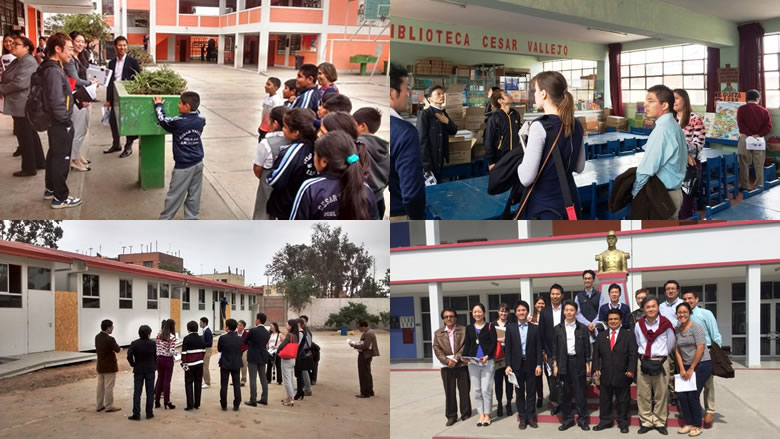
- Diagnosis of existing school infrastructure at National level;
- Design of the National School Infrastructure Plan including development of methodology to quantify investment needs, based on review of Peru’s standard building codes, regulatory framework and, local and international best practices;
- Design of Seismic Retrofitting Program (SRP) that aims to introduce innovative retrofitting approach for school buildings; and
- Building capacity of the Ministry of Education (MINEDU) on effective DRM for improving resilience of school infrastructure.
On October 12, 2015 a delegation from Japan, including members from the Ministry of Finance and the World Bank’s Executive Director’s Office, visited three public schools in the Lima Metropolitan Area to observe how the technical assistance are making difference. The delegation from Japan was accompanied by a team from the World Bank and the MINEDU. The school site visits brought to light the school infrastructure challenges in the country, but also highlighted the efforts being led by MINEDU in the short, medium and long term.
The World Bank and GFDRR, with financing from this grant, have been critical partners in providing technical assistance to MINEDU, including the formulation of a National School Infrastructure Plan which aims to effectively integrate the guidelines, priorities and policies for the improvement of existing infrastructure and the development of new infrastructure, and leading the partnership with academic institutions such as the Japan-Peru Center for Earthquake Engineering Research and Disaster Mitigation (CISMID) of the National Engineering University and the Pontifical Catholic University of Peru, to analyze various innovative retrofitting techniques to help inform a Structural Retrofitting Program in Peru.
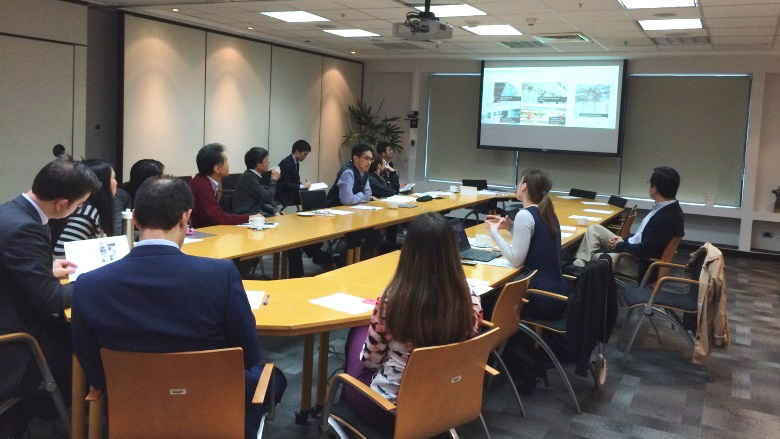
The delegation was welcomed at the WB offices in Lima for a brief session to present the context under which the grant is being implemented in Peru, in close collaboration with the Ministry of Education, before heading out for the school visits.
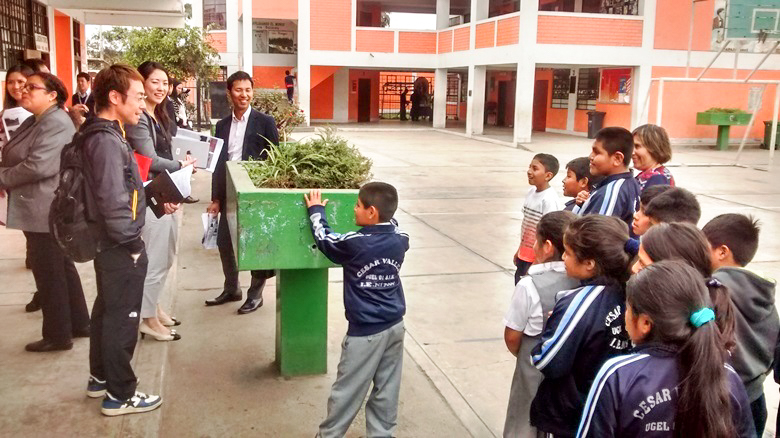
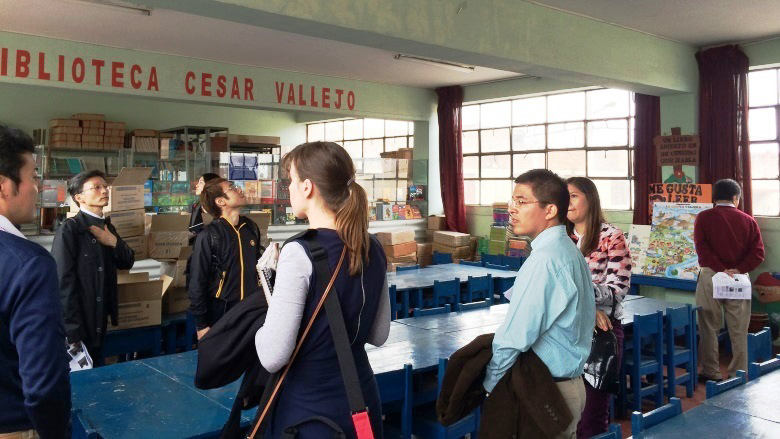
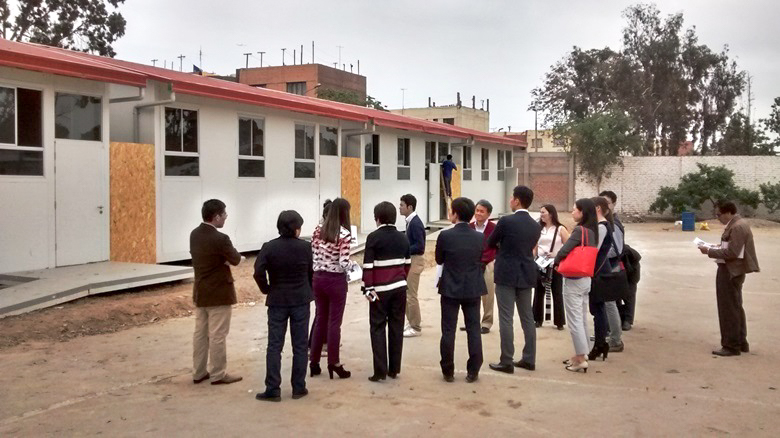
The delegation visiting ‘Juana Infante Veras’ public school. Temporary classrooms were set up after a number of classrooms identified as highly vulnerable and at risk of collapse were demolished under Plan Lima – which is part of a long term strategy to reduce the risk of school infrastructure.
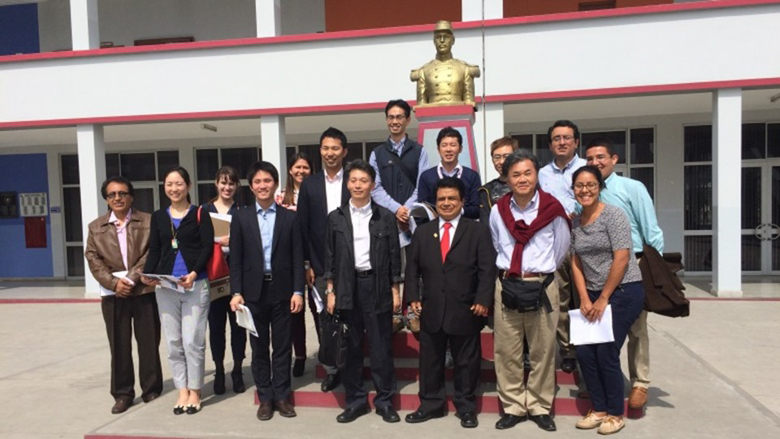
This picture was taken at ‘Alfonso Ugarte’ public school, the last school visited by the delegation, which showed a renovated school facility with both safety and functional improvements.

